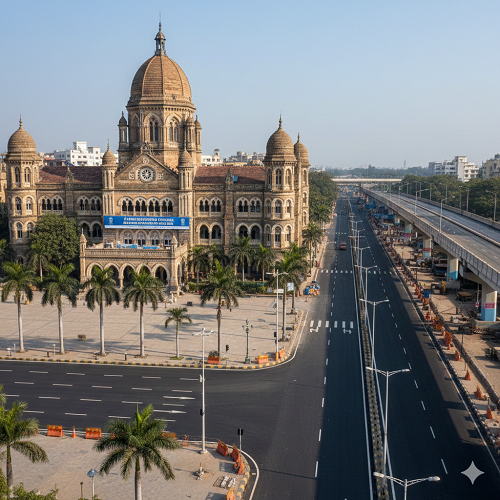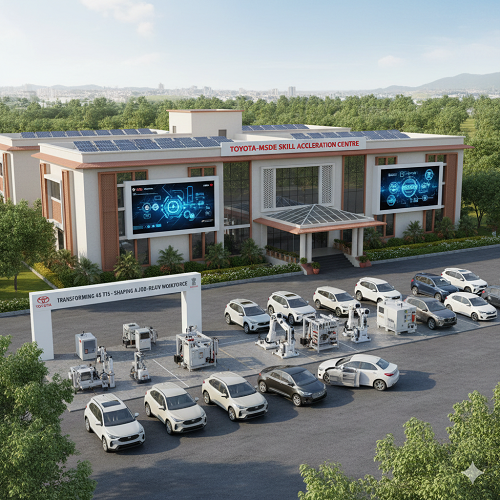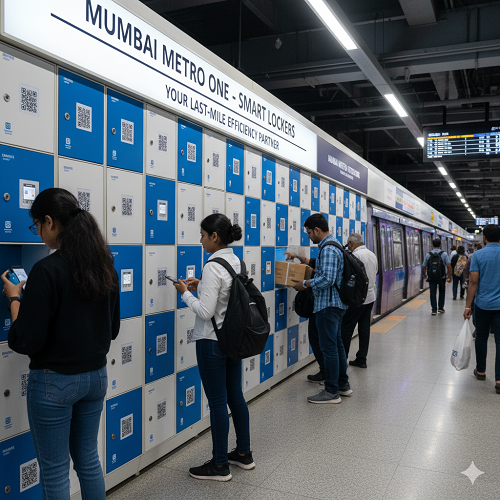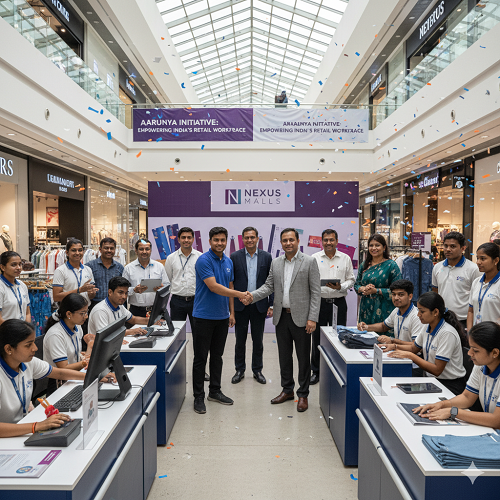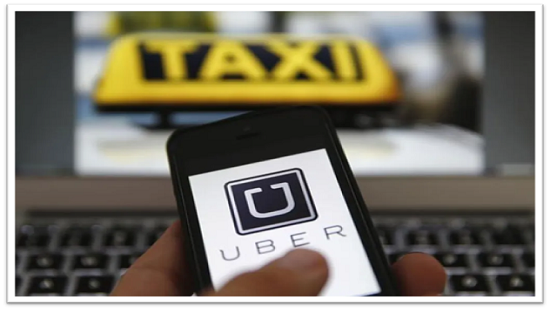
India’s Gig Economy Gets a Hygiene Upgrade: How Uber–Sulabh Partnership Could Transform Working Conditions for Millions
The lives of mobility workers are defined by long hours, unpredictable schedules, and constant movement across cities. Yet, one of their most fundamental needs, access to clean, safe sanitation, has often been overlooked. On World Toilet Day, Uber India and Sulabh International quietly addressed this gap through a partnership that promises free, dependable toilet access for drivers across nine major Indian cities. On the surface, it is a welfare initiative; on closer examination, it is an emerging template for how India’s gig economy can improve quality of work without adding economic friction.
The program gives Uber drivers free access to Sulabh-operated public toilets in Mumbai, Delhi, Bengaluru, Hyderabad, Pune, Jaipur, Lucknow, Kolkata, and Ahmedabad. Drivers simply present their Uber registration ID within the app to use any participating facility. Sulabh is responsible for maintenance, cleanliness, and the availability of basic sanitation supplies, ensuring that the experience is both predictable and dignified. At scale, this matters: India has more than 65 lakh gig workers, and mobility-service drivers form one of the largest segments within this expanding workforce.
A Welfare Gap Hiding in Plain Sight
Urban mobility has grown rapidly, with India’s ride-hailing market projected to reach USD 2.8 billion by 2025. Yet, the conversation around drivers’ welfare has remained narrow, focused largely on incentives, commissions, or fuel costs. Hygiene rarely enters the debate, even though drivers spend an average of ten to twelve hours daily on the road. A 2020 study on mobility workers indicated that nearly 40 percent lacked access to clean toilets during work hours. Such gaps reduce productivity, elevate health risks, and create avoidable stress in an already demanding occupation.
The Uber–Sulabh initiative directly addresses this invisible deficit. By leveraging Sulabh’s decades-old sanitation infrastructure, over 10,000 functioning public toilet complexes in India, the program converts an existing public good into a tailored workforce benefit. It does this without subsidies, complicated registration procedures, or new physical construction. The economics of reusing existing assets is sound, but the dignity it adds is far more meaningful.
Why Sanitation Access Matters for Workforce Wellbeing
Hygiene is not merely a convenience; it is a productivity variable. Poor sanitation access often forces drivers into irregular routines, unsafe alternatives, or time-consuming detours. Over a year, these micro-delays add up, affecting income, health, and morale.
For women drivers, the stakes are even higher. Although women constitute less than 2 percent of India’s driver-partner base, their participation is rising. The initiative accounts for this by ensuring that fifty Sulabh complexes are equipped with sanitary pad vending machines and incinerators. This simple addition signals an evolving recognition of gender-inclusive infrastructure in gig workspaces. When workplace design respects biological realities, participation broadens, and safety improves.
Partnership Models as the Next Phase of Gig-Economy Governance
The partnership also reflects a shift in how large platforms approach workforce welfare. Traditional corporate social responsibility initiatives tend to be episodic; this, however, links daily worker needs to institutional capabilities. Uber brings scale and a verified user base, while Sulabh brings operational expertise and nationwide presence. This kind of collaboration, private platform meets public welfare institution, could become a model for solving social infrastructure gaps.
Interestingly, the partnership also aligns with large, national goals. The Swachh Bharat Mission has already built more than 100 million household toilets, but urban sanitation access for mobile workers remains patchy. By creating a structured, verified, and stigma-free system for gig workers, Uber and Sulabh are contributing to the next frontier of sanitation governance, public infrastructure designed for fluid, mobile populations.
A Small Intervention with Large Significance
The initiative may appear simple, but it carries several long-term implications.
First, it elevates the conversation around gig-worker welfare beyond financial incentives. Drivers, particularly those in dense cities like Mumbai or Bengaluru, often prioritize predictable work conditions as much as earnings. Better sanitation access directly affects physical comfort and reduces the likelihood of urinary infections or dehydration, health risks commonly reported among drivers.
Second, the initiative could nudge other platforms to rethink their welfare strategies. India has more than two dozen major gig platforms; any one of them could replicate this model at negligible cost.
Third, it sets the stage for data-backed workforce management. Clean, dependable sanitation access can reduce downtime, improve trip completion rates, and enhance customer experience. While companies may not state this openly, good workplace infrastructure eventually shows up in operational metrics.
Fourth, the move strengthens Sulabh’s relevance in a changing India. The organization built its reputation in the 1970s by providing hygienic, affordable public toilets. Today, as urban mobility transforms and gig work expands, Sulabh’s infrastructure is again becoming critical. This partnership signals that public welfare institutions can adapt successfully to new economic realities.
Looking Ahead: From One Initiative to a Broader Workforce Blueprint
Uber’s Amit Deshpande noted that sanitation is a basic workplace need, and Kumar Dilip of Sulabh emphasized dignity and convenience. Their comments reflect a broader shift: as India formalizes parts of its gig economy, investments in worker wellbeing are no longer peripheral; they are part of the operating system.
The success of this initiative will depend on consistency. Facilities must remain clean, accessible, and well-stocked. Drivers must be aware of the benefit and feel comfortable using it. Over time, the program could expand to tier-2 cities, integrate digital maps of participating restrooms, or include additional amenities such as drinking water or shaded rest areas.
This partnership will not solve all challenges faced by gig workers. But it demonstrates how targeted, thoughtful interventions can enhance the lived experience of millions. In a sector where the debate often focuses on earnings, commissions, or algorithmic control, it is refreshing to see a solution that speaks to dignity, health, and the human side of work.
If scaled with discipline, the Uber–Sulabh collaboration could become a case study in how India’s gig economy matures, by investing not just in technology, but in the everyday wellbeing of the people who keep cities moving.

